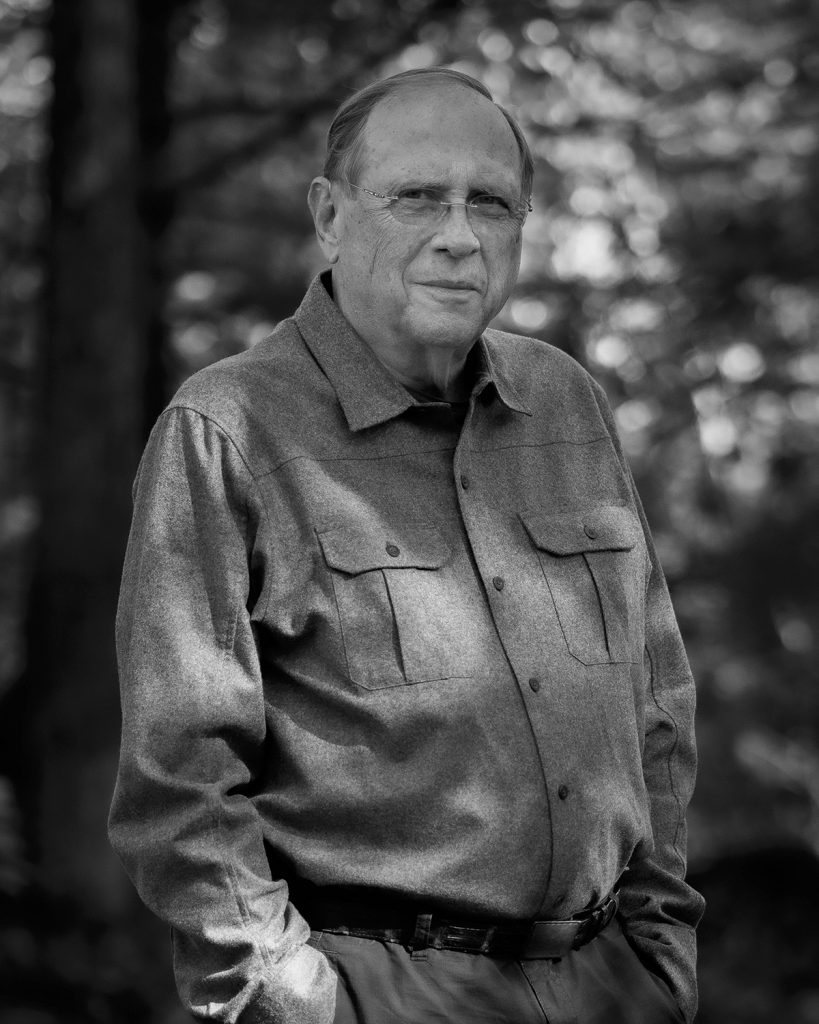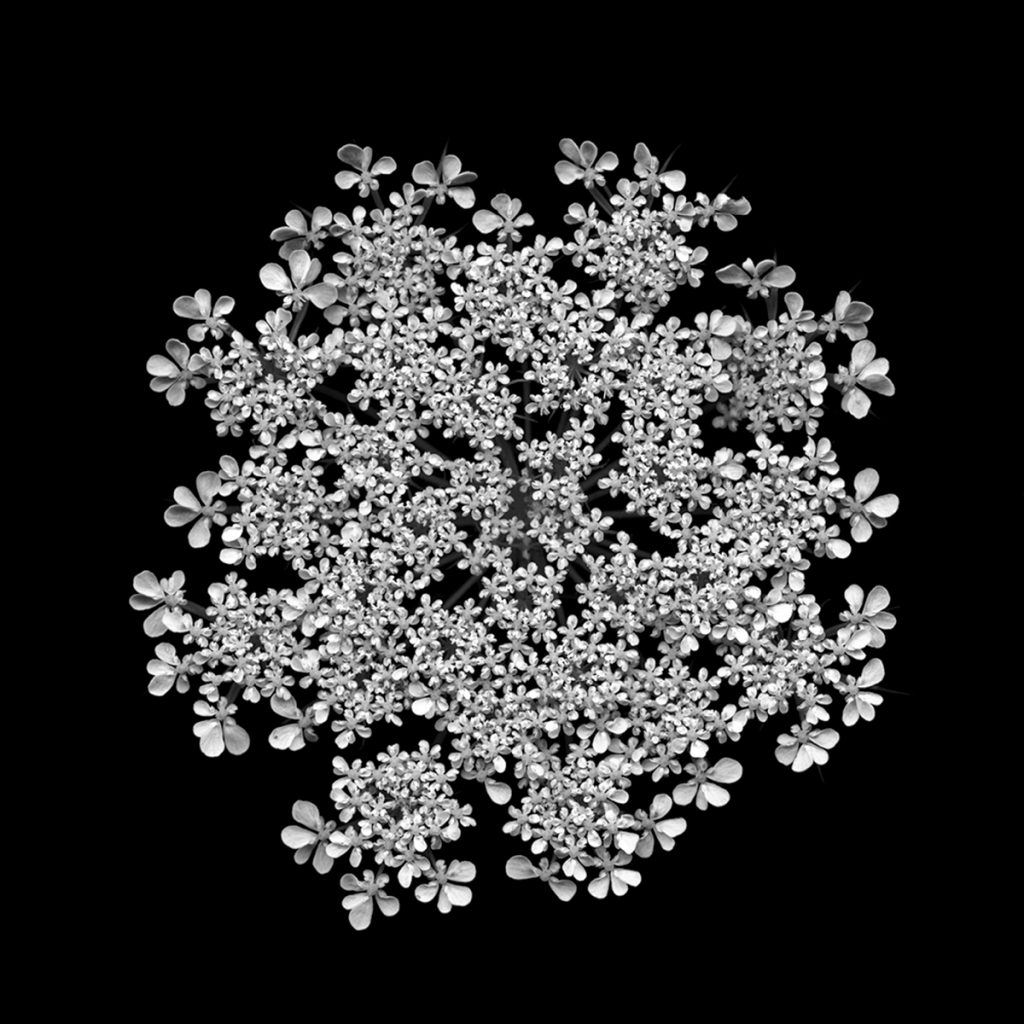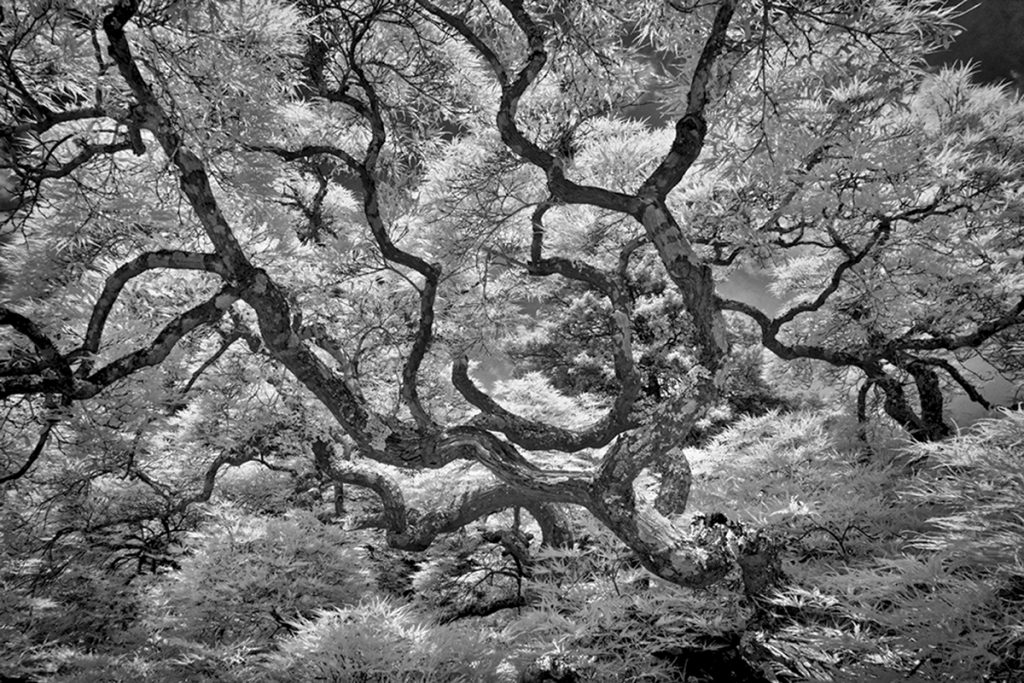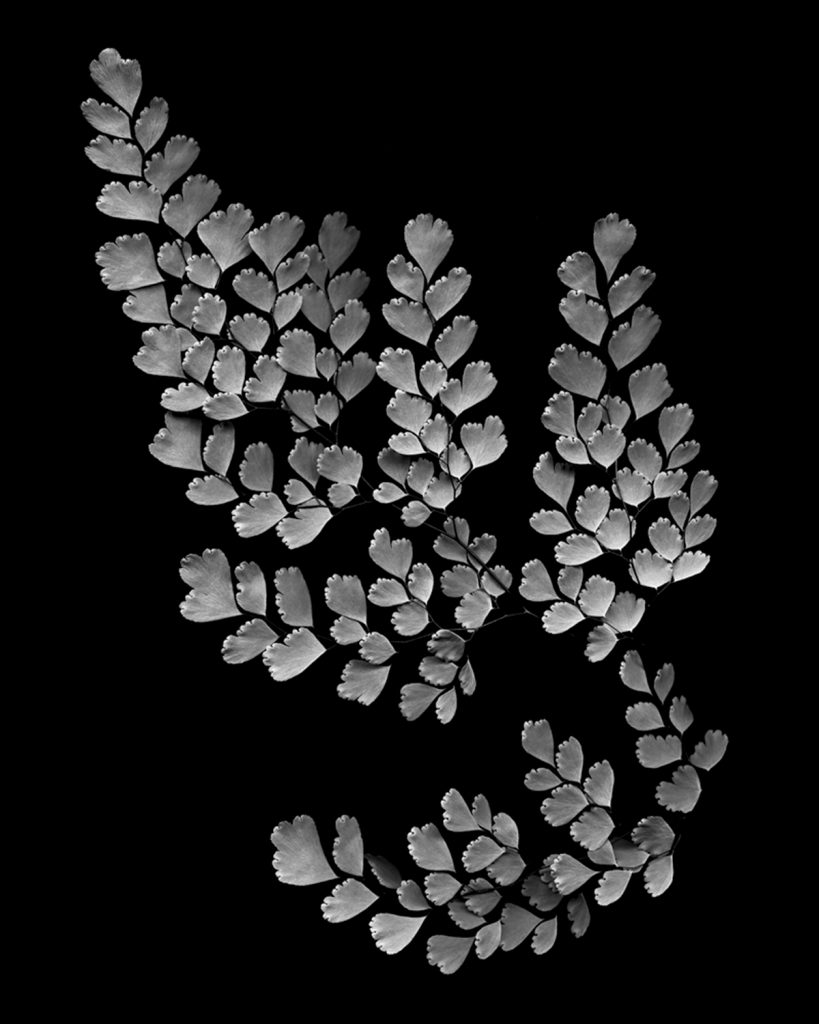
In 1967, during his senior year at the University of North Carolina, John Dickson took a physics elective. But the class wasn’t about extragalactic astronomy or quantum mechanics. No, it was about photography.
“Many of the assignments were to take pictures — of no specific subject matter in particular—and then develop them in the darkroom,” says Dickson, who took photos of his now-wife, Joan, with a borrowed Leica 35-millimeter camera. “I still have the negatives,” he says.
Since 1967, darkroom photography at UNC has moved away from the hard sciences. Dickson has changed, too.

After graduating with a chemistry degree, the Brevard native got his MBA and started working in the chemicals division of a large paper company. His work took him to scorchingly humid Southern cities like DeRidder, Louisiana, and Charleston, South Carolina — towns where “the temperature just got dark at night,” Dickson jokes.
Craving a cooler climate, Dickson and his wife moved back home to Western North Carolina, where they both grew up, in 1985. The couple bought a house in Arden and Dickson took a banking job. That’s when he picked up a camera again.

Seeking an escape from the financial world, Dickson experimented with what caught his eye—flowers, trees, rolling hills. Then, nearly two decades after his first photography class, he took another at Santa Fe Workshops, a vibrant creative community in New Mexico. There, world-class photographers taught him to pay attention.
“If you’re on the Blue Ridge Parkway and you pull up to an overlook,” says Dickson, “what you don’t want to do is get out of the car, snap a picture, and get back in. You want to sit there and study what you’re seeing. You want to be absolutely in the moment.”

The artist’s subject matter is now distinctive. He only photographs scenes that display “strength, purpose, permanence, simplicity, intimacy, infinity, elegance, and grace.” Though these are characteristics Dickson admires in people, he more often notices virtue in landscapes. As such, Dickson’s portfolio consists almost exclusively of striking 6,000-foot peaks, roaring streams, and verdant fields.
His work in Botanicals, a group exhibit at Blue Spiral 1 in Asheville, is narrowed to closeups of wildflowers like Queen Anne’s Lace, captured using a high-resolution scanner. The effect is stunning; the background is dark and rich while the flora details are crisp.

Dickson’s creative process here was inspired by “Directions,” an essay by the late nature writer Barry Lopez. In the piece, Lopez is trying to find his way to a forgotten desert. He asks for directions from a local, who offers a description so lucid it was like he was “laying slivers of clear glass on black velvet in the afternoon sun,” Lopez writes.
Dickson clung to that line. “I was absolutely blown away,” he says. “I thought, ‘If I could take a photograph that has the same impression on a viewer as those words, I will have succeeded.’”

The Botanicals collection interprets the essay quite literally, in that the background of each scan looks like black velvet. But there’s also “poetry in the photography,” says Dickson. “There are details in the highlights and details in the shadows. There is clarity.”

John Dickson, Arden, dicksonphoto.com. Dickson is represented in Asheville by Blue Spiral 1 Fine Art + Craft; Botanicals runs at the gallery through Wednesday, Dec. 29 (38 Biltmore Ave., Asheville, bluespiral1.com)